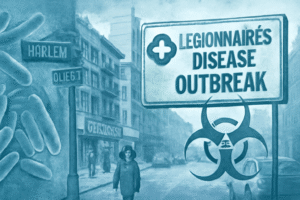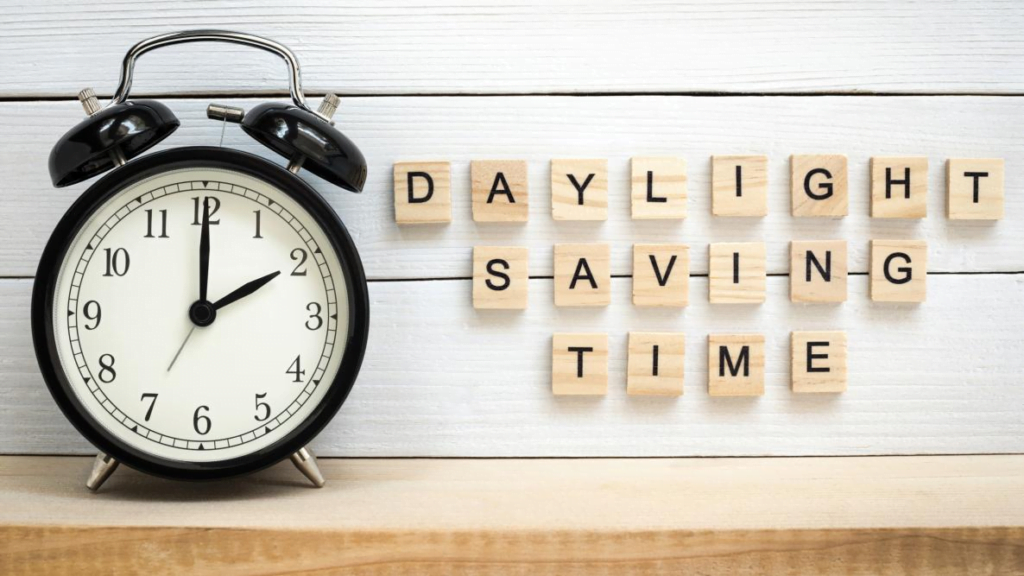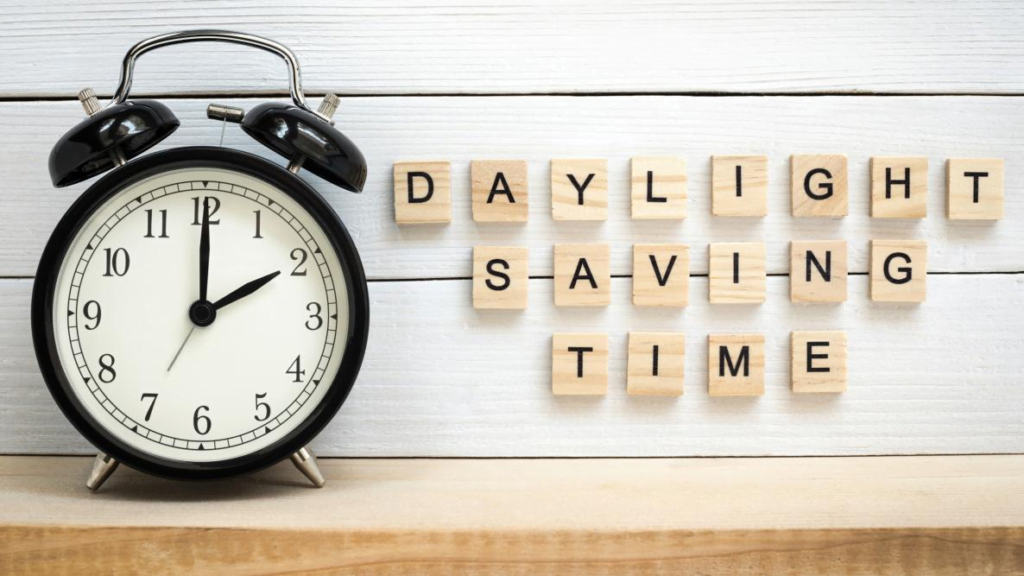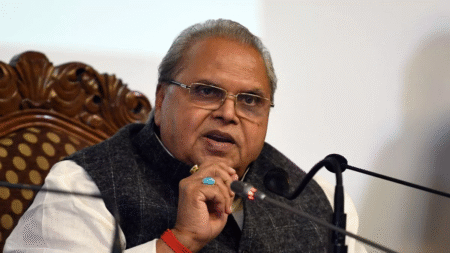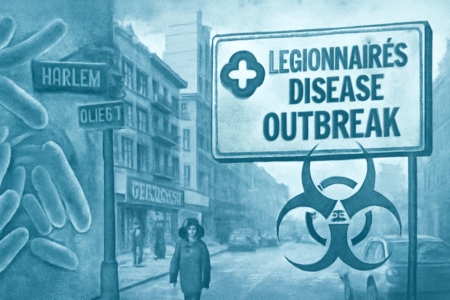What is Daylight Saving Time (DST)?
Daylight Saving Time (DST) is a practice that involves moving the clocks forward one hour during the warmer months of the year, allowing for more daylight in the evening. The clocks are then moved back again in the fall. The idea behind DST is simple: by making better use of daylight during the longer days of spring and summer, people can reduce their use of artificial lighting, which was originally believed to conserve energy.
The Purpose of Daylight-Saving Time
DST was first introduced during World War I as a way to conserve energy for war production by making better use of the longer daylight hours. The logic was that if people had more sunlight in the evenings, they would use less electricity for lighting. This could potentially lower energy consumption on a national scale.
How DST Works: The Annual Clock Change
In most countries that observe Daylight Saving Time, clocks are set forward one hour in the spring and set back one hour in the fall. This typically happens at 2:00 AM local time. The specific dates for this change vary depending on the country. In the United States, DST begins on the second Sunday in March and ends on the first Sunday in November.
Advantages of Daylight-Saving Time
Energy Savings
One of the main arguments for Daylight Saving Time is its potential to save energy. By extending daylight hours in the evening, people may use less electricity for lighting and heating. While this was more relevant in the early 20th century, studies show that DST still offers modest energy savings in certain regions.
More Daylight for Outdoor Activities
Daylight Saving Time provides longer daylight hours in the evening, which can encourage people to spend more time outdoors. This is particularly beneficial in the summer when many people enjoy recreational activities like hiking, biking, and sports.

Positive Effects on Mental Health
More exposure to natural light, particularly in the evening, has been linked to improved mood and mental health. The extended daylight hours can help combat Seasonal Affective Disorder (SAD), which is more common in the darker months.
Also Read: How to Factory Reset Mac Mini 1st time Step-by-Step Guide
Drawbacks of Daylight-Saving Time
Disruption to Sleep Patterns
One of the biggest downsides of Daylight Saving Time is its effect on sleep. The abrupt shift in time can throw off people’s internal body clocks, leading to sleep disturbances. This can result in fatigue, irritability, and reduced concentration in the days following the change.
Negative Health Impacts
Some studies suggest that the disruption caused by Daylight Saving Time can have more serious health effects. The risk of heart attacks, strokes, and even car accidents has been shown to increase in the days immediately following the time change. This is likely due to the sudden shift in sleep patterns and the stress it puts on the body.
Increased Risk of Accidents
The confusion caused by the time change can also lead to an increase in workplace and traffic accidents. People may be less alert and more prone to mistakes, especially in the first few days after the clocks are changed.
The Controversy Surrounding DST
Not everyone is a fan of Daylight-Saving Time. Some regions have chosen to abandon it entirely due to the disruptions it causes. For instance, Hawaii and most of Arizona in the U.S. do not observe Daylight Saving Time. Public opinion is also divided, with many people calling for the practice to be abolished altogether.
Global Perspective on Daylight Saving Time
Daylight Saving Time is not observed in all countries. Many nations closer to the equator, where daylight hours remain consistent throughout the year, see no need to change the clocks. In contrast, countries in higher latitudes, like those in Europe and North America, are more likely to observe DST.
Daylight Saving Time in the Digital Age
In the past, adjusting to DST meant manually changing every clock in the house. Now, technology has made the transition much easier. Most smartphones, computers, and smart devices automatically adjust to the new time, reducing the chances of missed appointments or confusion.
The Economic Impact of DST
The effects of Daylight Saving Time on the economy are mixed. Some businesses benefit from the extended daylight hours, particularly those in the retail and hospitality industries. However, others, like agriculture, may suffer due to the disruption to natural work schedules.
The Environmental Debate
While DST was originally introduced to save energy, its impact on the environment is now a topic of debate. With the rise of energy-efficient technologies and changing patterns of energy consumption, some argue that the environmental benefits of DST are minimal at best.
Health and Wellbeing Concerns
DST has been linked to a range of health issues, particularly related to sleep. The sudden shift in time can lead to disrupted sleep cycles, which in turn can affect mental and physical health. In addition to sleep disorders, some studies suggest that DST may increase the risk of heart attacks and strokes.
DST and Workplace Productivity
The shift in time can also have an impact on workplace productivity. Employees may feel more tired and less focused in the days following the change. To combat this, some companies encourage flexible work hours or additional breaks during the transition period.
Future of Daylight-Saving Time
The future of DST remains uncertain. Some countries have already moved away from the practice, and there is growing pressure in other regions to follow suit. Discussions around potential reforms, such as keeping clocks fixed year-round, continue to gain traction.
How to Adjust to Daylight Saving Time
To minimize the disruption caused by DST, it’s important to prepare ahead of time. Gradually adjusting your sleep schedule in the days leading up to the time change can help your body adapt more smoothly. Maintaining a consistent routine and avoiding caffeine before bed can also ease the transition.
Conclusion
Daylight Saving Time is a topic that continues to generate debate. While it offers some benefits, particularly in terms of energy savings and increased daylight, the drawbacks—such as health risks and sleep disruption—cannot be ignored. As more regions reconsider the need for DST, the future of this century-old practice remains in flux.
FAQs
1. Is DST observed worldwide?
No, many countries, especially those near the equator, do not observe DST due to relatively consistent daylight hours throughout the year.
2. How does DST impact energy consumption today?
While DST was initially introduced to save energy, modern studies suggest that the energy savings today are minimal, thanks to advancements in technology.
3. Can DST improve mental health?
Yes, more daylight in the evening can improve mood and help reduce the symptoms of Seasonal Affective Disorder (SAD).
4. Why do some people want to abolish DST?
Many people argue that the disruptions to sleep and the potential health risks outweigh the benefits of DST.
5. How can you prepare for the time change?
To ease the transition, gradually adjust your sleep schedule a few days before the time change and maintain a healthy sleep routine.


